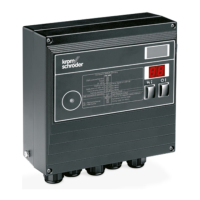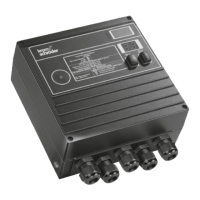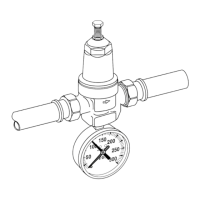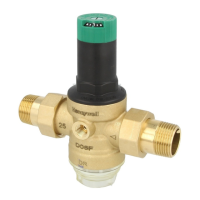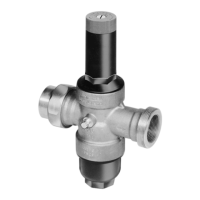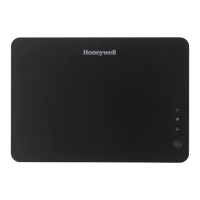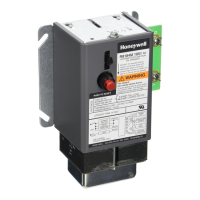BCU 370 · Edition 01.19 2
▼
= To be continued
Contents
Burner control unit BCU 370 ........................1
Contents ............................................2
1 Application ........................................4
1.1 Applications example ..............................6
1.1.1 Modulating-controlled forced draught burner........6
1.1.2 Modulating-controlled forced draught burner with
tightness control ............................................6
1.1.3 Modulating-controlled forced draught burner with
pilot burner and tightness control ..........................7
1.1.4 Controlling the BCU via
PROFIBUS DP ...............................................8
1.1.5 Controlling the BCU and the butterfly valve via
PROFIBUS DP ...............................................8
2 Certification .......................................9
3 Function ......................................... 10
3.1 Connection diagrams .............................10
3.1.1 BCU 370 . . . . . . . . . . . . . . . . . . . . . . . . . . . . . . . . . . . . . . . . . . . . . 10
3.1.2 BCU 370 with actuator IC 20........................14
3.1.3 Capacity control by adjusting the valve between
the Open position and a separate Min position........... 15
3.1.4 BCU 370..B1 with PROFIBUS DP ...................16
3.1.5 Assignment of connection terminals ................17
3.2 BCU 370 program sequence .....................19
3.2.1 Normal start-up .....................................19
3.2.2 Quick start, butterfly valve waits in the Ignition
position .....................................................21
3.2.3 Quick start, butterfly valve waits in the Closed
position ....................................................23
3.2.4 Start-up without pre-purge, butterfly valve waits
in the Closed position .....................................25
3.2.5 Controlled air flow ....................................27
3.3 Tightness control .................................28
3.3.1 Program sequence ..................................30
3.4 PROFIBUS DP ....................................32
3.4.1 Safety-related control signals....................... 32
3.4.2 BCSoft ...............................................33
3.4.3 Configuration, master-slave procedure.............33
3.4.4 Addressing...........................................33
3.4.5 Network technology .................................34
3.4.6 Configuration........................................34
3.4.7 Bus communication .................................34
3.5 Program status ...................................36
3.6 Fault message (blinking)..........................37
3.6.1 Reaction to process faults ..........................38
4 Parameters ...................................... 40
4.1 Scanning the parameters .........................42
4.2 Flame control . . . . . . . . . . . . . . . . . . . . . . . . . . . . . . . . . . . . .42
4.2.1 Burner flame signal.................................. 42
4.2.2 Burner switch-off threshold......................... 42
4.2.3 UVS check (1× in 24 hours) ..........................43
4.3 Behaviour during start-up ....................... 44
4.3.1 Minimum burner pause time t
BP
....................44
4.3.2 Burner start-up attempts ...........................44
4.3.3 Switch-on delay time t
E
.............................45
4.3.4 Pre-ignition time t
VZ
................................45
4.3.5 1
st
safety time on start-up, burner/pilot burner
t
SA1
........................................................46
4.3.6 1
st
flame proving period, burner/pilot burner t
FS1
..46
4.3.7 2
nd
safety time on start-up, main burner t
SA2
.......47
4.3.8 2
nd
flame proving period, main burner t
FS2
.........47
4.4 Behaviour during operation...................... 48
4.4.1 Minimum operating time t
B
.........................48
4.4.2 Controller enable signal delay time t
RF
.............48
4.4.3 Safety time during operation t
SB
...................48
4.4.4 Restart after flame failure during operation ........49
4.4.5 Last fault signal .....................................49
4.4.6 V2 during burner operation .........................50
4.5 Monitoring/tightness control ....................51
4.5.1 Min. gas pressure monitoring ........................51
4.5.2 Digital input function.................................51
4.5.3 Air monitoring during pre-purge ....................52
4.5.4 Air monitoring during operation.....................53
4.5.5 Tightness controll, test period t
P
...................54
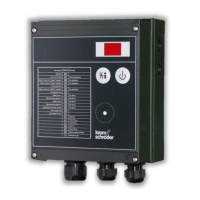
